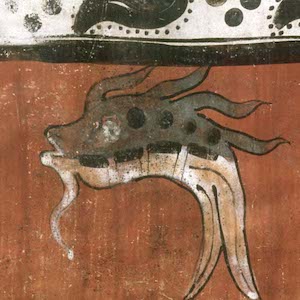North/Central America

Children in Urban America
Children in Urban America (CUAP), focuses on children and childhood primarily in the greater Milwaukee area from 1850 to 2000.
The Atlantic Slave Trade and Slave Life in the Americas: A Visual Record
The images document the history of enslavement in West and West Central Africa, the English and French Caribbean, Brazil, and the United States.Dona Marina, Cortes’ Translator: Nonfiction, Florentine Codex (Nahuatl)
This chapter from the Florentine Codex, a bilingual encyclopedia of central Mexican life and history, was created by the Franciscan friar, Bernardino de Sahagún and indigenous advisors, painters and scribes.
Dona Marina, Cortes’ Translator: Nonfiction, Florentine Codex (Spanish)
This chapter from the Florentine Codex, a bilingual encyclopedia of central Mexican life and history was created by the Franciscan friar, Bernardino de Sahagún and indigenous advisors, painters and scribes.
Dona Marina, Cortes’ Translator: Personal Account, Bernal Díaz del Castillo
Perhaps the most famous 16th-century portrayal of doña Marina, this description is also the most extensive from the period. Díaz del Castillo claims she was beautiful and intelligent, she could speak Nahuatl and Maya.

Caribbean Views
The online collection is of extraordinary quality, both in terms of the scanned images and the contextual detail provided.Puerto Rican Labor Movement: Official Document, Sterilization
Thirty years after Mrs. Roosevelt visited the island of Puerto Rico, working women were still subject to exploitation in the industrial setting—in particular, to coerced sterilization.
Dona Marina, Cortes' Translator: Letter, Hernán Cortés
This excerpt from Cortés’s Second Letter, written to Charles V in 1519 and first published in 1522, is one of only two instances in Cortés’s letters to the King that explicitly mentions his indigenous translator.

A PreColumbian Portfolio: An Archive of Photographs
Each database record includes a caption, a brief (about 20-word) description, and information on the culture associated with the artifact, such as Maya, Olmec, or Zapotec.